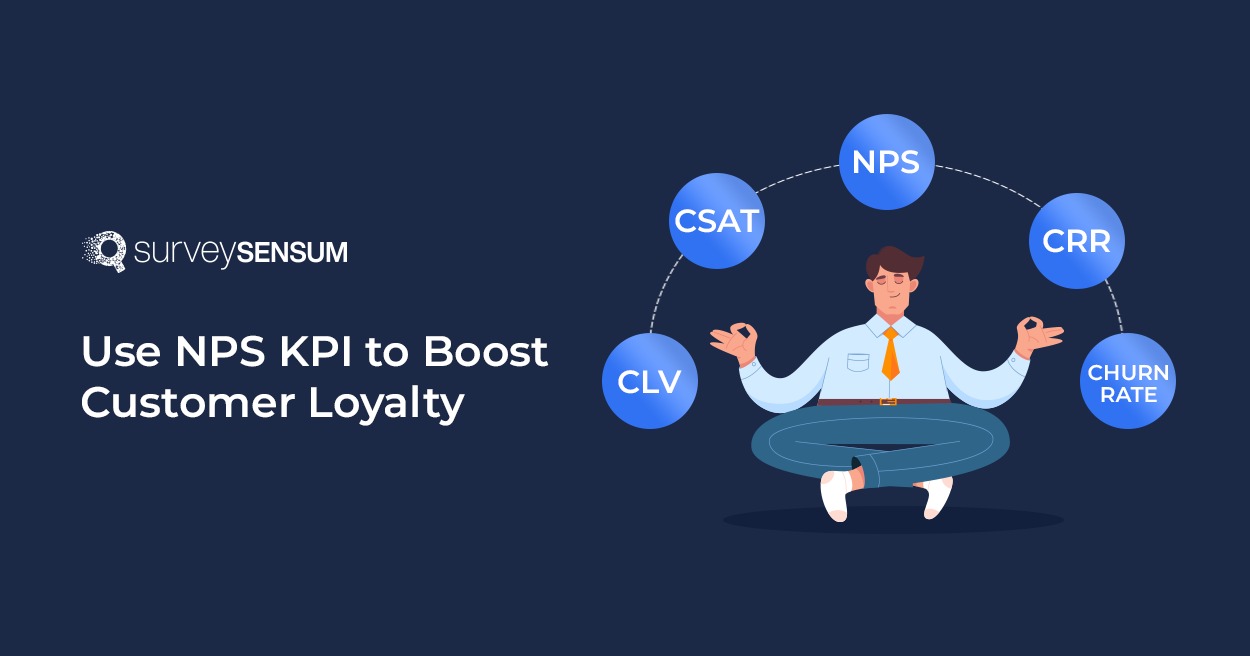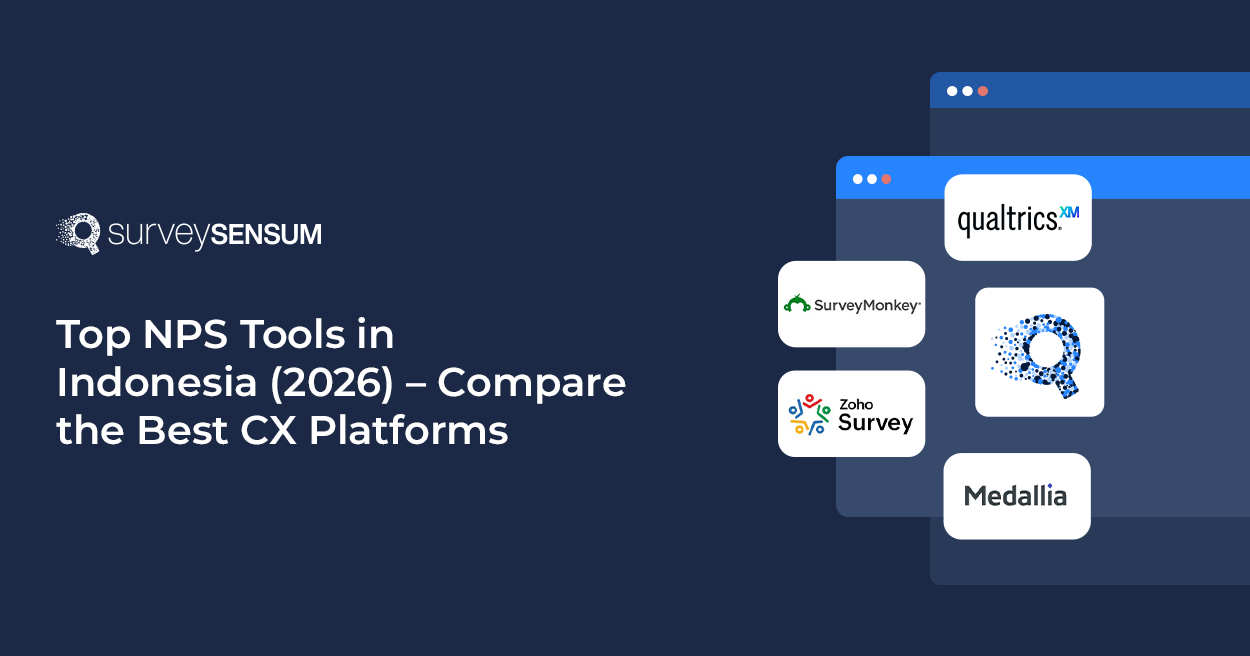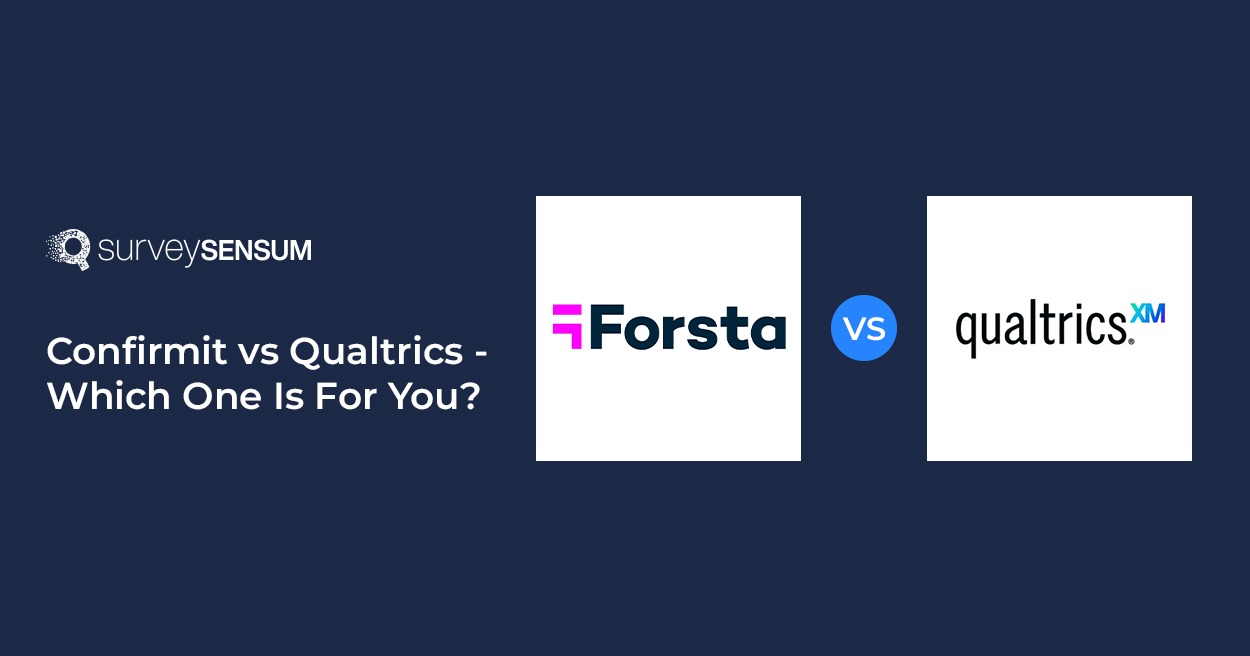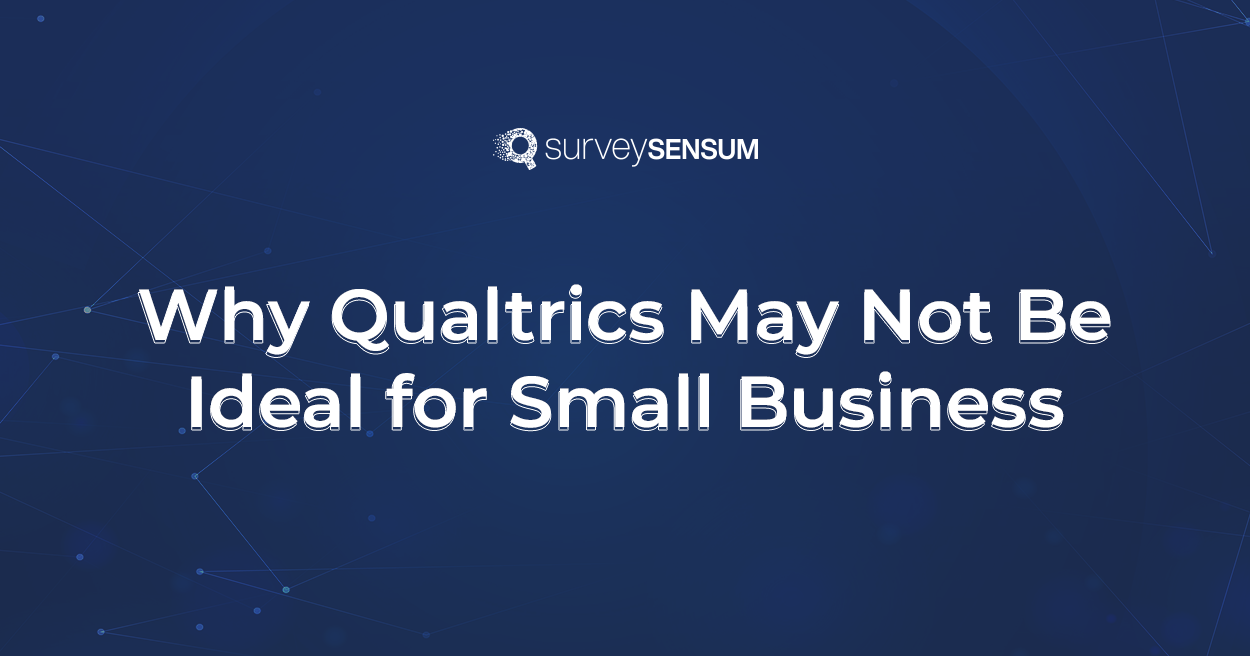

NPS is a legend in the world of CX KPIs. Some say it can reveal everything from customer loyalty to future revenue growth. Well, I believe it to be true…
Companies with a high NPS grow twice as fast as their competitors, and in a world where customer loyalty directly influences your revenue, that’s no small feat. In fact, according to research from the London School of Economics, a 7% increase in NPS is predicted to result in a 1% increase in revenue.
However, your NPS data is just a number without tracking the right KPIs. So, how do you measure the impact of NPS KPIs on your business, and, more importantly, what KPIs should you be keeping a close eye on to boost it? Let’s find out!
How Does the NPS KPI Work?
Known as “The Ultimate Question,” NPS gauges customer loyalty with a straightforward question: “How likely are you to recommend our company/brand/product/service to a friend or colleague?”
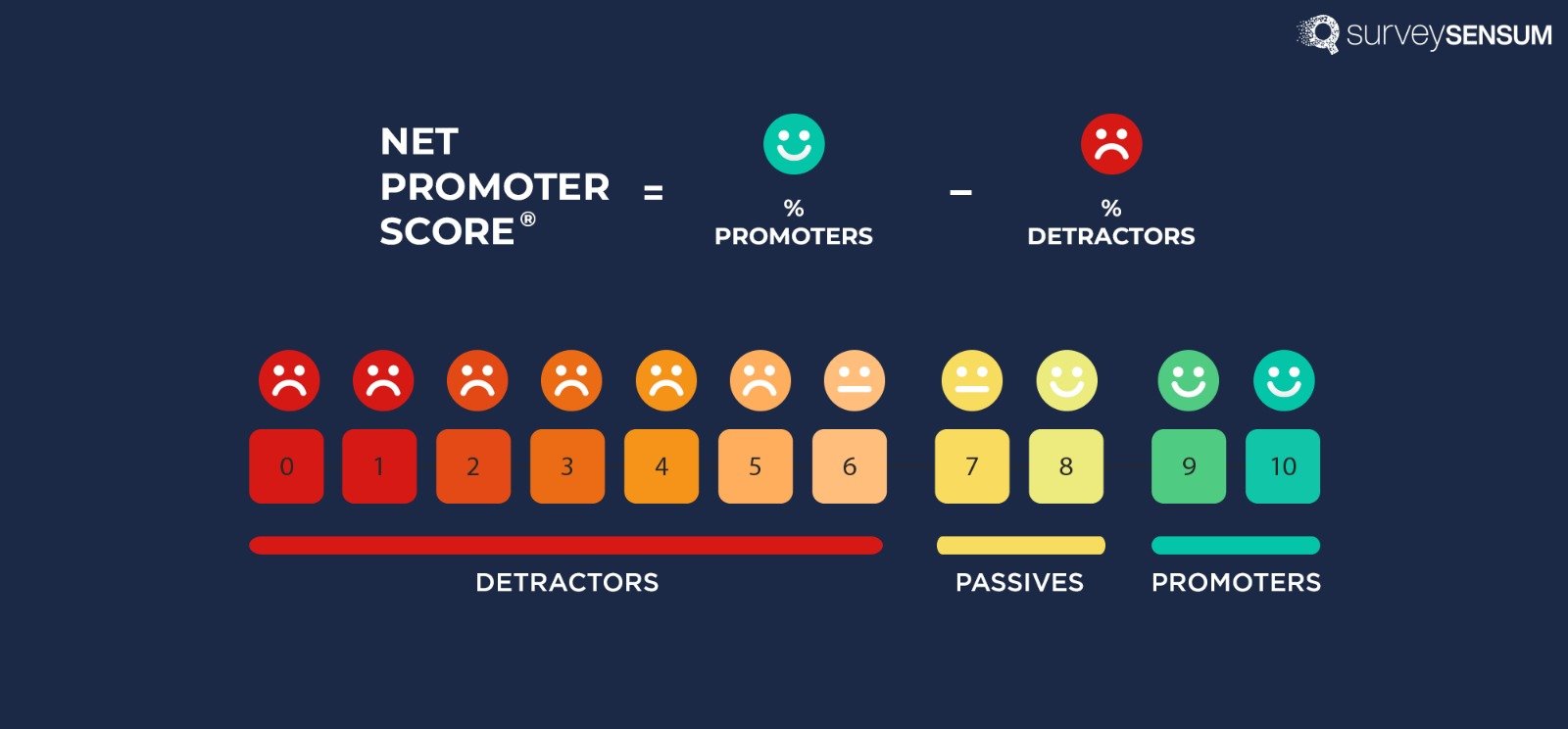
Respondents rate their likelihood on a scale from 0 to 10, categorizing them into three loyalty groups:
- Promoters (9–10): Loyal advocates who will likely boost their purchases over time.
- Passives (7–8): Satisfied but indifferent customers who can easily switch to competitors.
- Detractors (0–6): Unhappy customers who may damage your reputation through negative word-of-mouth.
To calculate your NPS, simply apply this formula:
This straightforward calculation provides powerful insights into your customer loyalty landscape.
That’s a sneak peek at how NPS KPIs work; let’s discover what NPS KPIs are.
What Are NPS KPIs?
To get the full picture of your NPS and what’s driving customer loyalty, tracking specific KPIs is essential. These are the performance indicators that show how different areas of your business contribute to—or detract from—your customer experience. Here are the top NPS KPIs you need to be measuring:
1. Customer Satisfaction (CSAT) Score
While NPS tells you if customers will recommend you, CSAT shows you how satisfied they are with specific interactions. Keep an eye on these scores together to get a complete view of the customer journey.
2. Customer Retention Rate
One of the best indicators of a healthy NPS is whether your customers stick around. Customer retention rate reflects how well your product or service is keeping them coming back, and it’s often the first to change if your NPS drops.
3. Customer Lifetime Value (CLV)
High promoters typically spend more over time. Measuring CLV alongside your NPS will reveal whether your promoters are also your most valuable customers. This is crucial for long-term revenue growth.
4. Churn Rate
Opposite to retention, the churn rate shows how many customers leave your business over a specific period. If your detractor score is high, churn is going to be high too. The reduction of churn often results in an increase in NPS.
5. Support Ticket Resolution Time
Customers are likely to become detractors if they experience slow or inefficient customer service. Track how quickly and effectively your support team resolves issues to ensure you’re not driving down your NPS through poor service.
Design, Launch, and Optimize NPS Surveys Effortlessly with SurveySensum!
Why NPS Works?
When revenue starts to drop, traditional sales and marketing KPIs might give you a heads-up—but they fall short when it comes to explaining why. That’s where NPS KPI shines.
NPS allows you to directly measure customer loyalty, helping you take better control of your revenue. Instead of waiting for the bottom line to show signs of trouble, NPS gives you real-time insight into whether your customers are happy, neutral, or unhappy—and most importantly, the “why” behind that sentiment.
NPS KPI works because it’s proactive, not reactive. It helps you fix loyalty issues before they hit your revenue stream.
Next, we’ll explore practical strategies for implementing NPS effectively within your organization.
How Can You Implement NPS as a KPI in Your Business?
Using NPS as a key measure is a smart choice that can greatly improve how you make decisions, especially in making products and serving customers. By adding NPS to your business goals, you are using customer loyalty as a main tool to drive improvements and track the success of various initiatives.
Here’s how you can effectively use NPS as a KPI in key areas of your organization.
1. Product Development: Data-Driven Innovation
You’ve just launched a highly anticipated feature, and then all of a sudden you have a tanked NPS. But why??
Well, integrating NPS into your product development strategy allows you to see early signs of dissatisfaction with your product.
With actionable data gathered from the NPS program, you can fix your product roadmap based on those features your detractors always throw out there. This means you are not only listening to customer needs but also reacting strategically to respond to those needs to bring satisfaction and ultimately, long-term loyalty to your company.
Build Better, Smarter, Faster Products! Let Customer Feedback Lead Your Product Development with SurveySensum.
2. Customer Service: Actionable Insights for Resolution Efficiency
If you use NPS as a case resolution KPI, you can track how many detractors are turned into promoters after communicating with customer support.
For instance, a customer reports a frustrating bug, leaving a low NPS score of 2. Your customer support team steps in to resolve the issue, you follow up, and the NPS jumps to an 8. Each resolved ticket has a measurable impact on customer satisfaction, letting you identify which strategies boost loyalty and where improvements are needed.
This is a clear, data-driven way to track how your customer service teams are handling escalations and helping walk through your customers’ sentiments.
3. Reward Systems: Aligning Teams Around Customer-Centric Goals
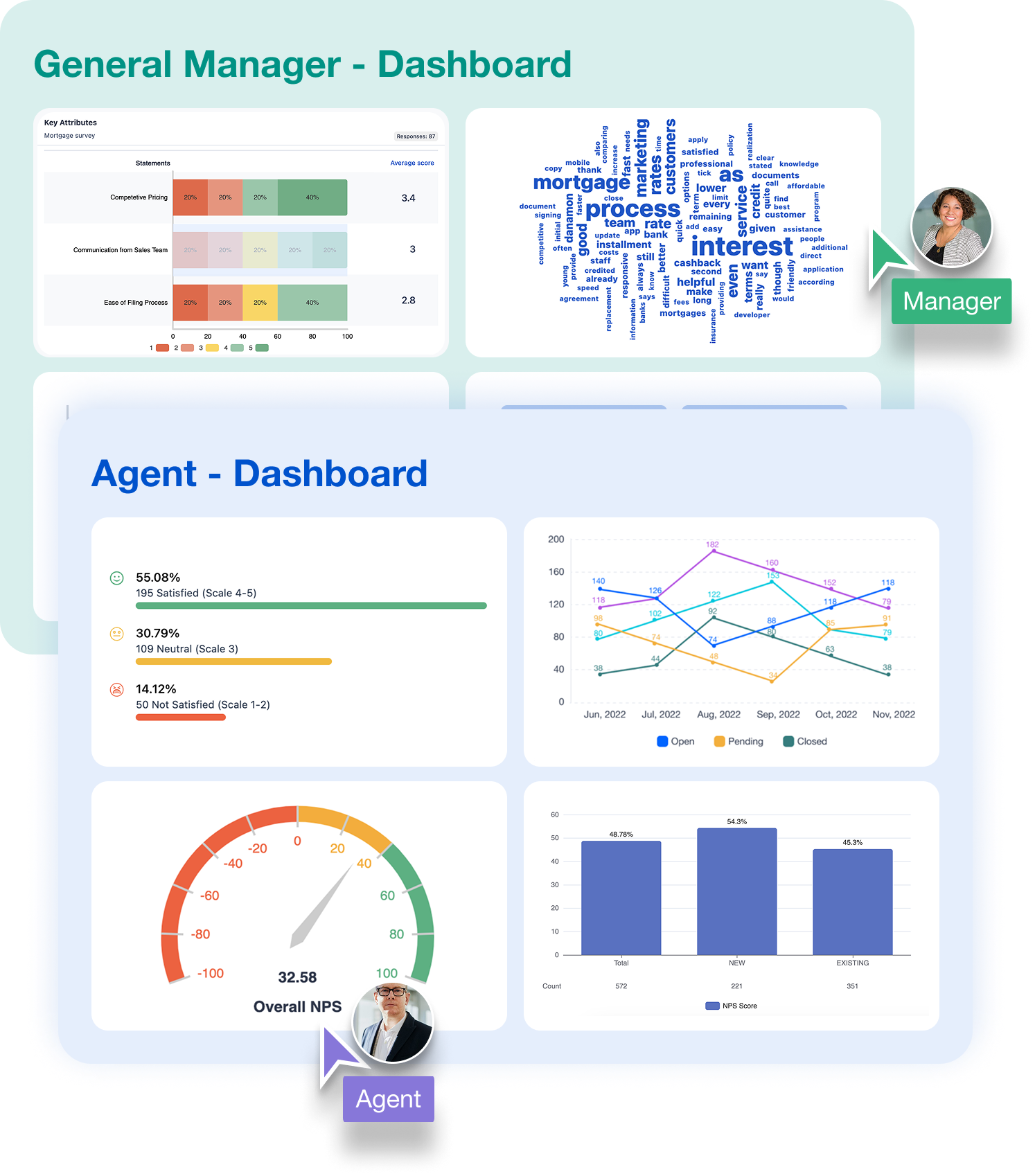
To fully leverage NPS as a KPI, it is critical to integrate it into your organization’s performance management systems.
Start by making NPS a driver of performance and align your team’s goals around NPS improvements. By setting clear, NPS-based objectives across departments—be it product development, customer service, or sales—you transform customer loyalty into a measurable target. To motivate your teams, consider offering both financial and non-financial incentives, such as team recognition or bonuses, for achieving these goals.
This alignment fosters a culture where everyone is responsible for enhancing customer satisfaction, making customer loyalty a central focus of your organization.
4. Organizational Visibility: Making NPS a Shared Metric
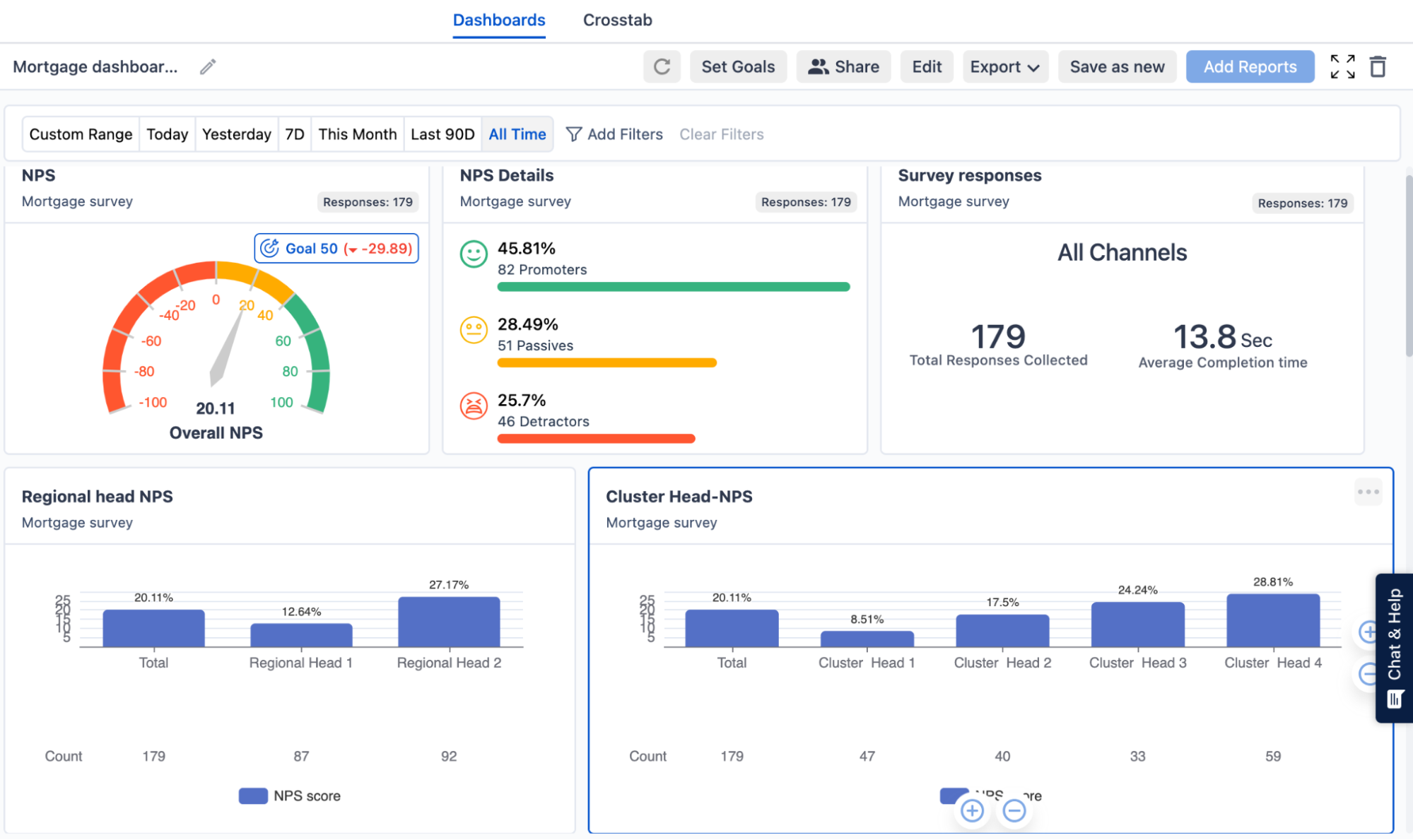
A major airline implemented an NPS dashboard that is visible from the customer service side to flight operations side. After launching a new in-flight entertainment system, they noticed a drop in NPS scores. This visibility allowed teams to take ownership of customer feedback: the customer service team identified technical issues, while flight operations acknowledged that delays in system updates impacted performance.
As a result, teams collaborated to resolve these issues, enhancing both the in-flight experience and customer satisfaction. By fostering this collaborative culture around NPS, you can turn insights into actionable improvements.
To maximize the impact of your NPS efforts, it’s crucial to follow best practices. Let’s unravel them together!
Best Practices for Analyzing and Reporting on NPS KPI
To draw out meaningful actionable insights and drive strategic decisions derived from the NPS KPIs, it is not sufficient to merely look at numbers. Here are essential best practices to elevate your NPS KPI analysis:
- Incorporate Qualitative Insights
Numbers show some facts, but what customers say adds depth. Mixing their comments with the scores gives a fuller view of how they feel. That’s why be sure to add open-ended questions to your NPS survey.
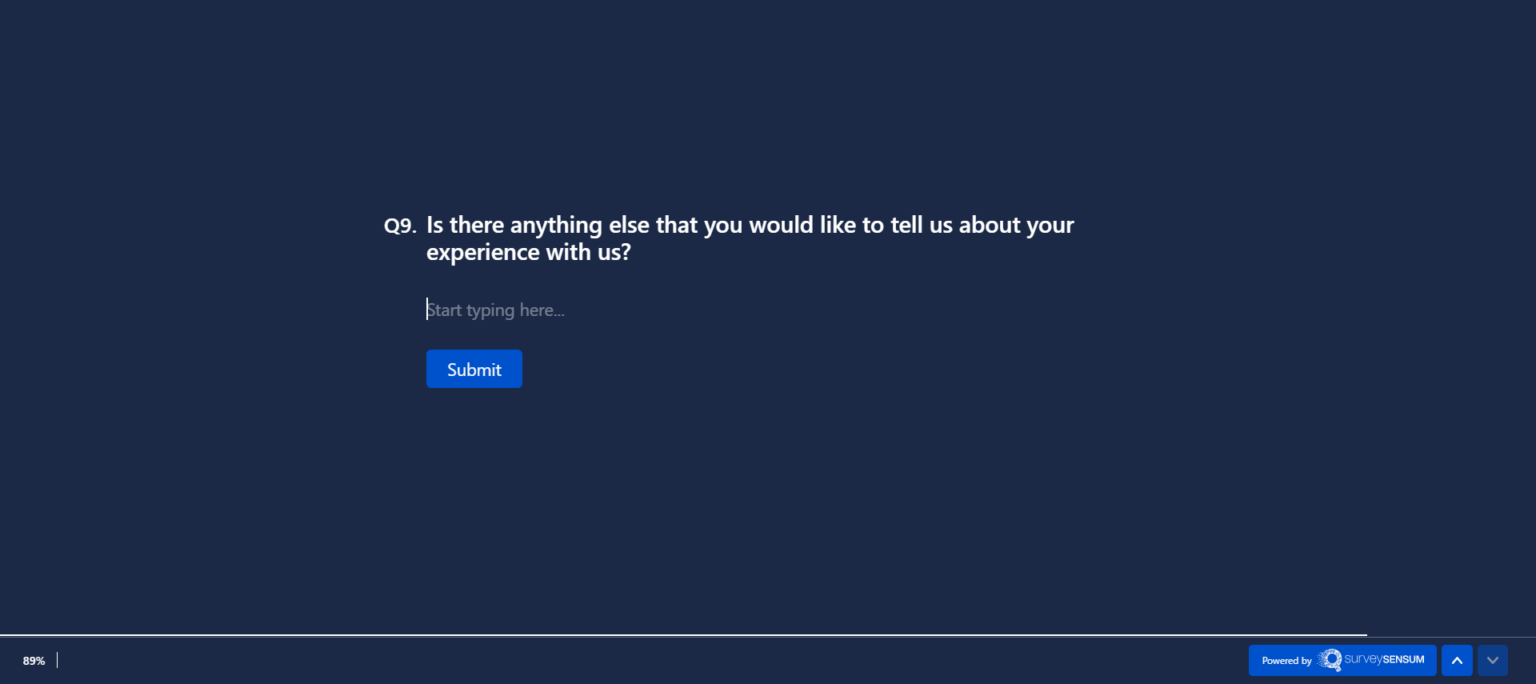
- Segment Your Data
Break down your NPS results by customer segments such as demographics, purchase history, or engagement levels. This granularity allows you to identify specific strengths and weaknesses across different customer groups.
- Align NPS with Strategic Goals
Connect your NPS results to broader business plans. Show how marketing and product changes have shaped what customers think, giving useful insights for decision-makers.
- Leverage Text Analysis
Don’t overlook the power of customer comments. Utilize text analysis tools to categorize feedback, identify trends, and automate responses. This adds an additional layer of depth to your NPS analysis.

By implementing these best practices, your NPS analysis will not only reflect customer sentiment but also serve as a powerful tool for strategic growth and continuous improvement.
Wrapping Up – Score Big on Your NPS KPI with SurveySensum
The NPS myth may be that it tells you everything, but the truth is that it works best when paired with other KPIs. By tracking CES, CSAT, churn, response rates, and CLV, you’ll not only understand what’s driving your NPS KPI but also uncover actionable insights that lead to better customer experiences—and better business results.
Your next step? Make sure you’re leveraging these KPIs to close the feedback loop and turn your NPS data into growth.
Mastering your NPS KPI is like executing a winning game strategy in football. With SurveySensum as your playmaker, you can navigate customer sentiment and drive loyalty effectively.
Our platform gives you the tools you need at each step of the NPS KPI process, from making surveys to getting clear insights. Just as a team reviews game footage, you can leverage real-time feedback and sentiment analysis to pinpoint your promoters and detractors, enhancing the customer experience.
So, lace up your cleats and get ready to turn every customer interaction into a winning touchdown!








